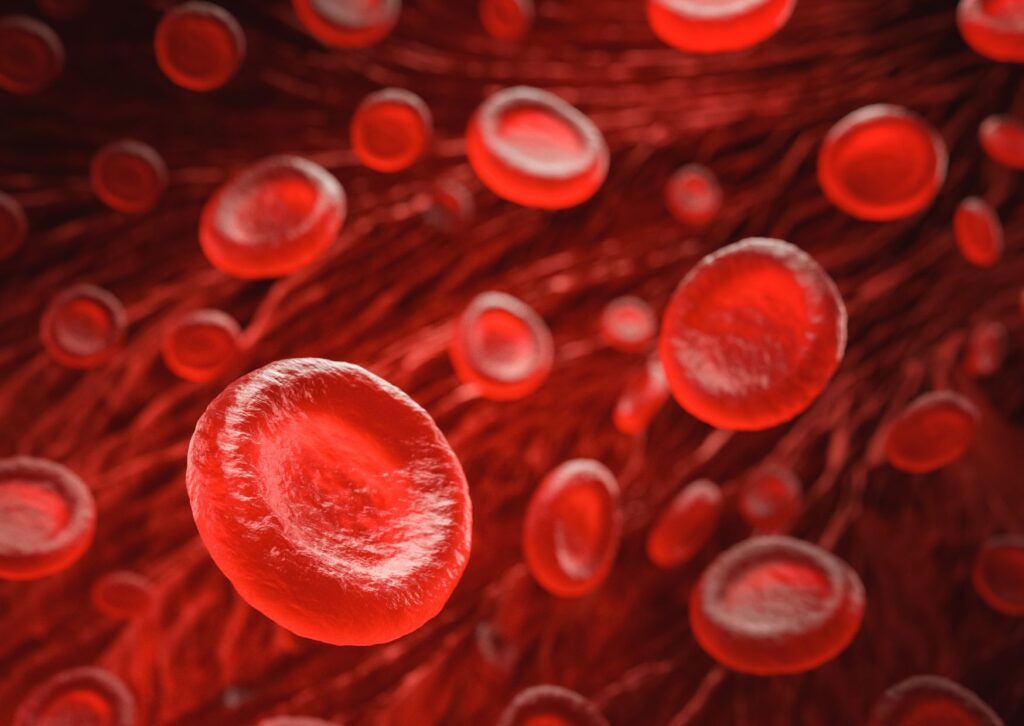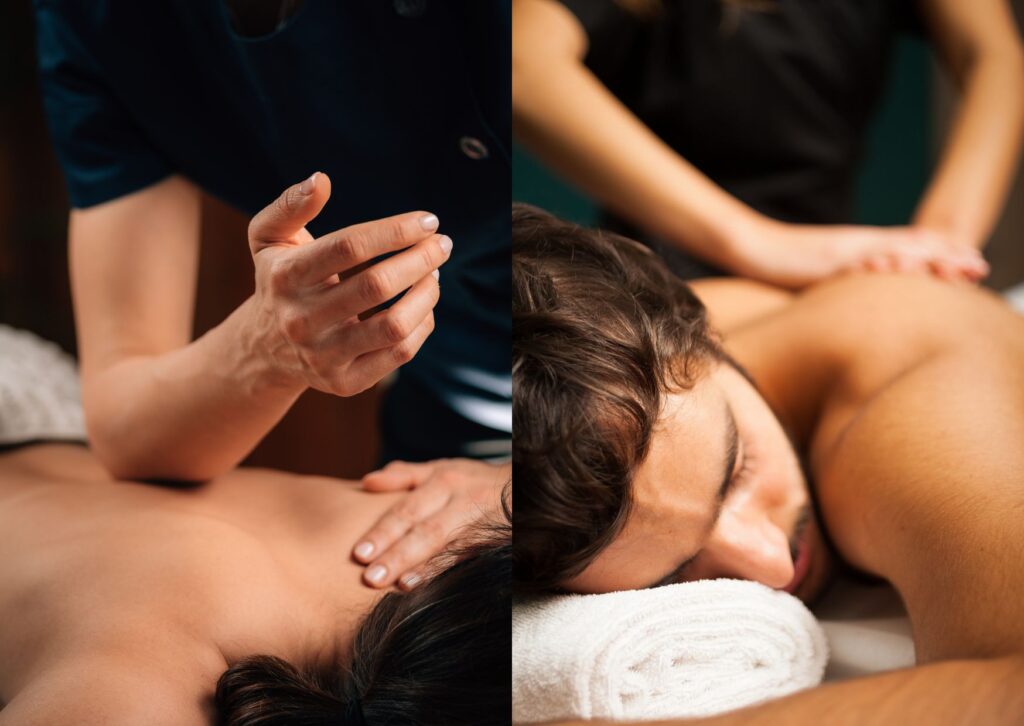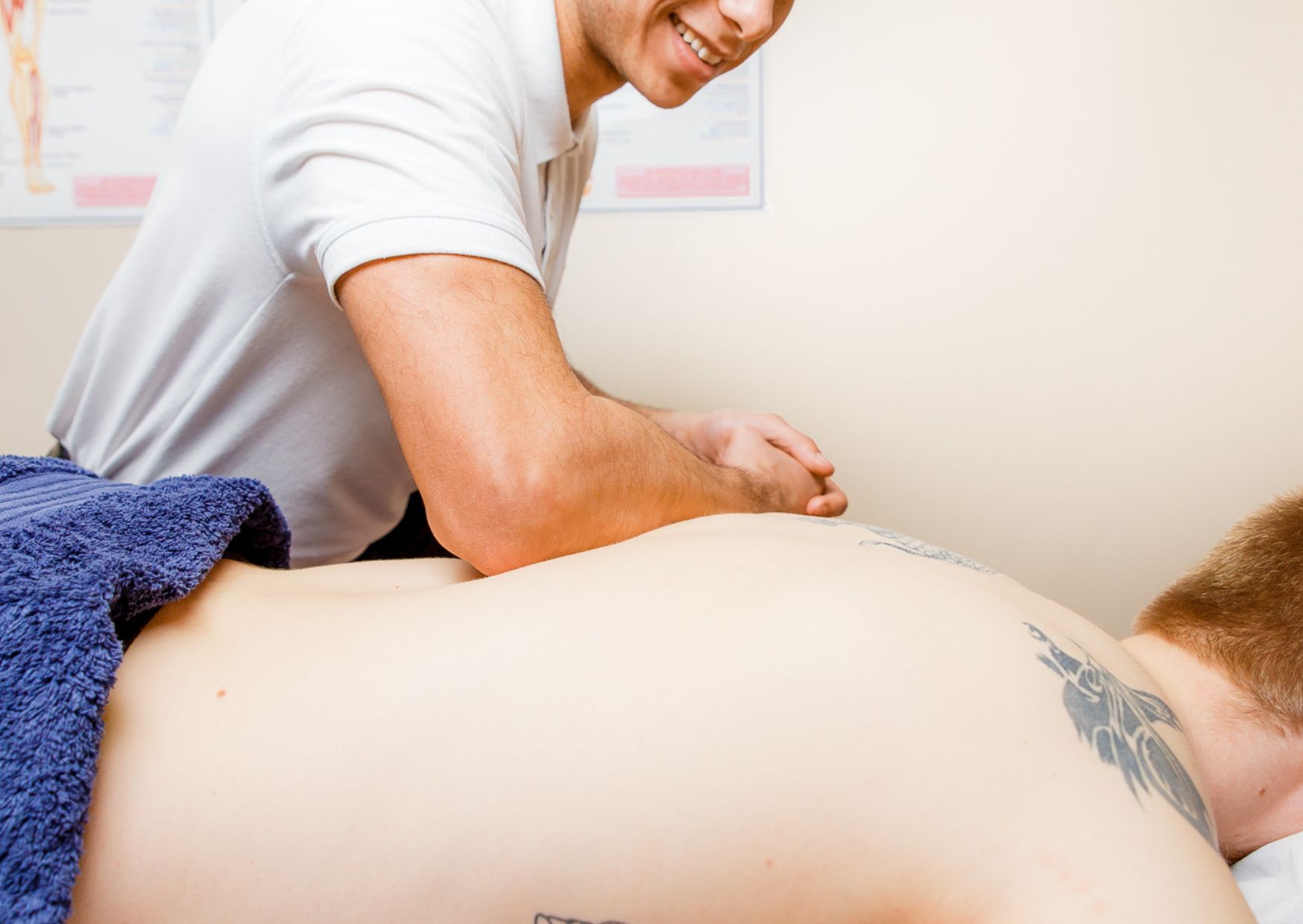Does Deep Tissue Massage Hurt? | What You Need To Know
Does Deep Tissue Massage Hurt?
Deep tissue massage can sometimes be uncomfortable, but it should not be outright painful.
The massage therapist will typically work on specific areas of muscle tension, using slow, deep strokes.
It is common for the therapist to apply pressure that feels intense at the time, but the goal is to release tension and knots in the muscle, not to cause pain.
If you do experience discomfort during the massage, it is important to communicate with your therapist so they can adjust their techniques.
Can a Deep Tissue Massage Cause Damage?
In general, a deep tissue massage is pretty safe and should not cause damage to the body.
However, if the massage is performed too aggressively, it is possible that they could cause harm.
It is important to communicate with your therapist if you experience pain or discomfort during a massage.
A skilled therapist will adjust their techniques accordingly based on your feedback.
Before choosing a massage therapist, be sure to check out their credentials.

Does Deep Tissue Massage Cause Bruising?
It is possible for a deep tissue massage to cause bruising, but it is not common.
Bruising can occur if the massage therapist applies too much pressure or uses a technique that is too harsh on the skin.
Some people may be more prone to bruising, and if this is the case, they are more likely to experience bruising after their massage.
If you are concerned about the possibility of bruising, discuss this with your massage therapist before the massage.
The therapist can adjust their technique and pressure as needed to minimise the risk of bruising.
It is important to let your massage therapist know if you are taking any medications that increase your risk of bleeding or bruising, as this can affect how they approach your massage.
Overall, skilled therapists can effectively use deep tissue massages to relieve muscle tension and improve overall wellbeing, with a low risk of bruising.

Can a Deep Tissue Massage Leave You Feeling Sore?
It is common to feel sore and tender after a deep tissue massage, especially if the therapist was working on areas of muscle tension and tightness.
This soreness is usually temporary and should go away within 24-48 hours.
If you do experience soreness after the massage, it can be helpful to drink plenty of water, take a warm bath or shower, and engage in light stretching to help the muscles recover.
If the soreness persists or becomes severe, contact your therapist so they can advise you on best practices.
Who Should Avoid a Deep Tissue Massage?
Individuals who should avoid a deep tissue massage or at least consult with a doctor before receiving one include:
- Pregnant women
- People with a history of blood clots
- Anyone taking blood thinners
- Those with a skin disease
- Those with a fever
- Cancer patients or anyone undergoing cancer treatment
It’s always a good idea to consult with a doctor or your massage therapist before receiving any type of massage.
Does Deep Tissue Massage Release Toxins?
There is a popular belief that massage can “release toxins” from the body, but this is not actually supported by scientific evidence.
The kidneys and liver are the body’s own systems for eliminating toxins, and scientific evidence has not shown that massage can aid in this process.
However, it is possible that a deep tissue massage can help to reduce muscle tension and improve blood flow.
Some people may experience temporary relief of pain or other symptoms after a massage.
However, this is likely due to the relaxation and stress-reducing effects of massage, rather than the release of toxins.

How Long Should You Wait Before Your Next Deep Tissue Massage?
There is no specific amount of time that you should wait before getting another massage.
Ultimately, it depends on your individual needs and preferences.
In an ideal world, most of us would get a massage weekly, but this is not always realistic.
Some factors to consider may include:
- Your financial budget
- Your muscular tension
- The length of time the massage relieves stress
- Your availability
- Your massage therapists availability
To determine the best frequency for you, it is best to speak with your massage therapist.
What is the Difference Between Deep Tissue Massage and Swedish Massage?
Deep tissue massage and Swedish massage are both types of therapeutic massage that are designed to relax the muscles and improve circulation.
However, they generally differ in their specific techniques and the areas of the body they focus on.
Swedish massage is a gentle form of massage that is meant to relax the entire body.
It involves the use of long, gliding strokes, kneading, and circular movements on the top layers of muscles.
People often use Swedish massage to promote relaxation, increase circulation, and reduce muscle tension.
Deep tissue massage is a more intense form of massage that is designed to target the deeper layers of muscle and connective tissue.
It uses slower strokes and more direct pressure or friction to reach the deeper layers of muscle.
Individuals often use deep tissue massage to treat muscle injuries, chronic pain, and tension in specific areas of the body.
In general, Swedish massage is more suited to people who want a relaxing massage and do not have any specific health concerns or muscle injuries.
Deep tissue massage is a better choice for people who have chronic muscle pain or tension, or who are recovering from an injury.

Is it Appropriate to Get a Deep Tissue Massage at Work?
If you are interested in getting a deep tissue massage, it is typically best to visit a massage therapist or massage treatment room where you can relax and feel comfortable.
Some massage therapists offer mobile services and are able to come to your office.
However, it is important to discuss this in advance and make sure that it is appropriate and respectful to all parties involved.
A deep tissue massage may not be feasible in the workplace unless there is a designated massage room for it.
If you want to experience massage at work, it is best to arrange on-site massage. The therapist provides a portable massage chair and the massage is performed over clothing.
On-site massage is more appropriate for the working environment if you want a massage at work.
Author –
Tyler Lowe – Health & Wellbeing Speaker
BSc Sport & Exercise Rehabilitation


